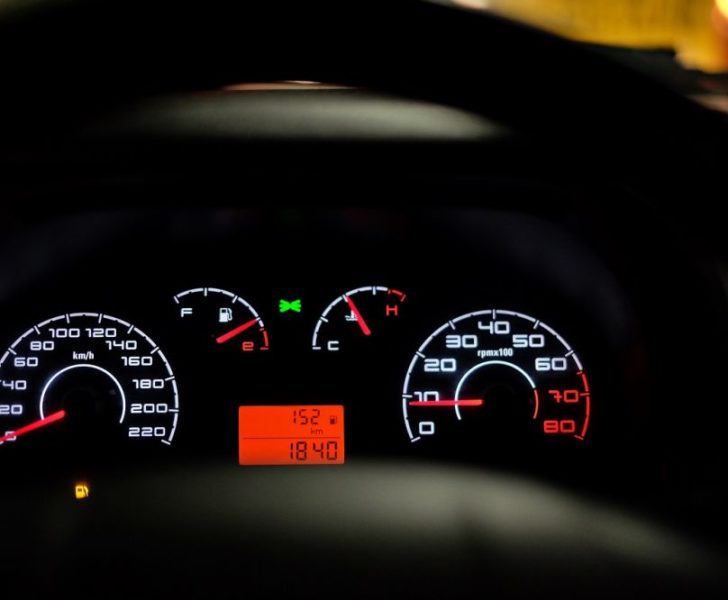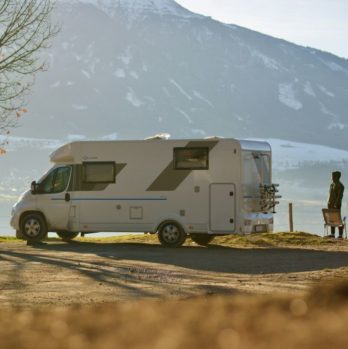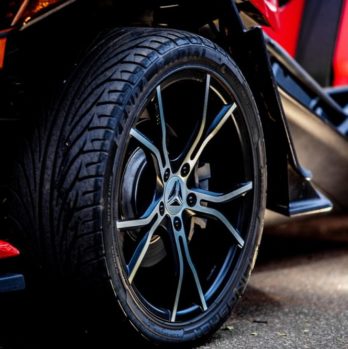VW California: The Ultimate Camping Companion for Adventurers

Introduction to VW California:
When it comes to combining the freedom of the open road with the comfort of a home away from home, nothing beats the iconic VW California. This versatile camper van has become a symbol of adventure, enabling travelers to explore the world without sacrificing the creature comforts. Whether you’re a seasoned camper or new to the concept of van life, this article will provide you with a comprehensive overview of all things VW California. From its inception to its latest innovations, buckle up for a journey through the evolution of this legendary camper van.
A Historical Journey of the VW California:

The VW California traces its roots back to the original Volkswagen Type 2 camper van, also known as the “Microbus” or “Bulli.” Introduced in the late 1940s, this compact and sturdy vehicle quickly became a favorite among camping enthusiasts. Its timeless design and reliable mechanics made it the perfect companion for those seeking outdoor adventures.
Over the years, the VW California has evolved alongside advancements in technology and shifting travel trends. In the 1980s, Volkswagen introduced the first official line of camper vans based on the T3 model, aptly named the “California.” This marked a new era for camping enthusiasts, as the VW California offered more space, improved amenities, and enhanced mobility.
As the VW California grew in popularity, so did the demand for innovative features and modern conveniences. In the late 1990s, Volkswagen unveiled the T4-based California, featuring a range of improvements such as a pop-up roof, a compact kitchenette, and spacious sleeping quarters. This model set the standard for future iterations of the VW California, cementing its reputation as the ultimate camping companion.
In 2003, Volkswagen took another leap forward with the introduction of the T5-based California. This iteration boasted a sleek and modern design, enhanced fuel efficiency, and an array of smart features to ensure a comfortable camping experience. The T5 California became a bestseller thanks to its practicality, reliability, and reputation for enduring even the most rugged terrains.
Continuing the legacy, Volkswagen released the T6 and T6.1 versions of the VW California. These models incorporated customer feedback and introduced even more innovative features to enhance the camper van experience. From the latest connectivity options to improved safety systems, the VW California remains at the forefront of the camper van market.
Structuring the Text for Optimal Search Results:
To increase the likelihood of this article becoming a featured snippet on Google, it is essential to structure the text effectively. By using appropriate heading tags and bulleted points, we can enhance the article’s visibility to search engines. Below is a suggested structure:
Introduction to VW California:
– Overview of the VW California’s appeal
– Importance to camping enthusiasts and road trip enthusiasts
A Historical Journey of the VW California:
– Brief overview of the VW California’s origins
– Evolution from the Type 2 camper van to the T6.1 model
Exploring the Features of the VW California:
– Smart design and space optimization
– Comfortable sleeping quarters and living area
– Innovative kitchenette and storage solutions
– Connectivity options for the modern traveler
– Safety systems to ensure peace of mind
The Future of the VW California:
– Speculation on future innovations and technologies
– Anticipation for upcoming releases and updates
Conclusion:
The VW California is more than just a camper van; it’s a symbol of freedom, adventure, and connection with nature. With its storied history and continuous evolution, it has captured the hearts of car enthusiasts and camping aficionados alike. From its spacious interiors to its innovative features, the VW California promises unforgettable experiences on the open road. So, grab your keys, pack your bags, and embark on a journey like no other with the legendary VW California.
(Note: The suggested structure above includes the required and H2 tags. Please adjust as necessary to align with the specific layout requirements of the online magazine.)











